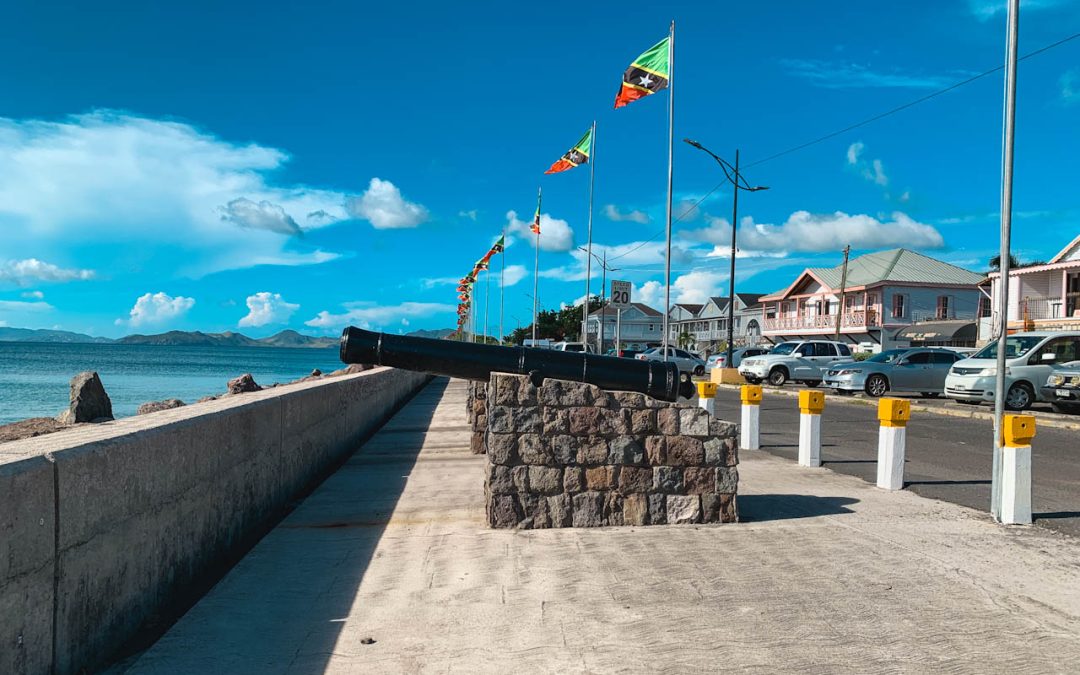Nevis, often called the Queen of the Caribees, is a captivating blend of colonial history and cultural heritage. Its well-preserved landmarks offer a fascinating glimpse into centuries of resilience, transformation, and influence. Whether you’re a history enthusiast or a curious traveler, these significant sites will deepen your connection to the island’s past.
1. Charlestown: A Window to the Past
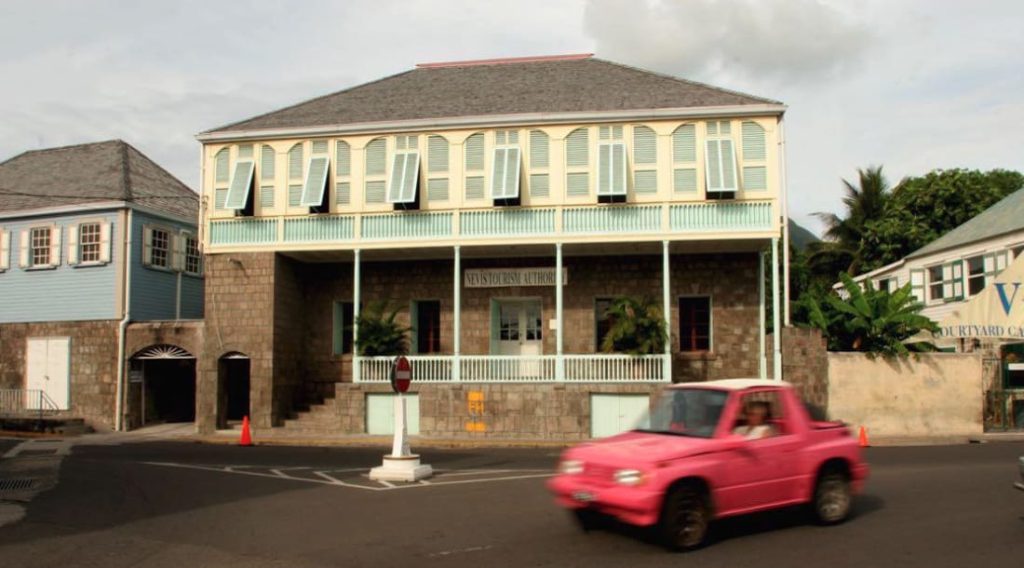
As the capital of Nevis, Charlestown boasts stunning Georgian-style architecture. Many of its buildings remain unchanged since the 18th century, reflecting the island’s dedication to heritage preservation. Strolling through its streets, visitors can admire structures that have withstood both time and natural disasters.
2. Museum of Nevis History
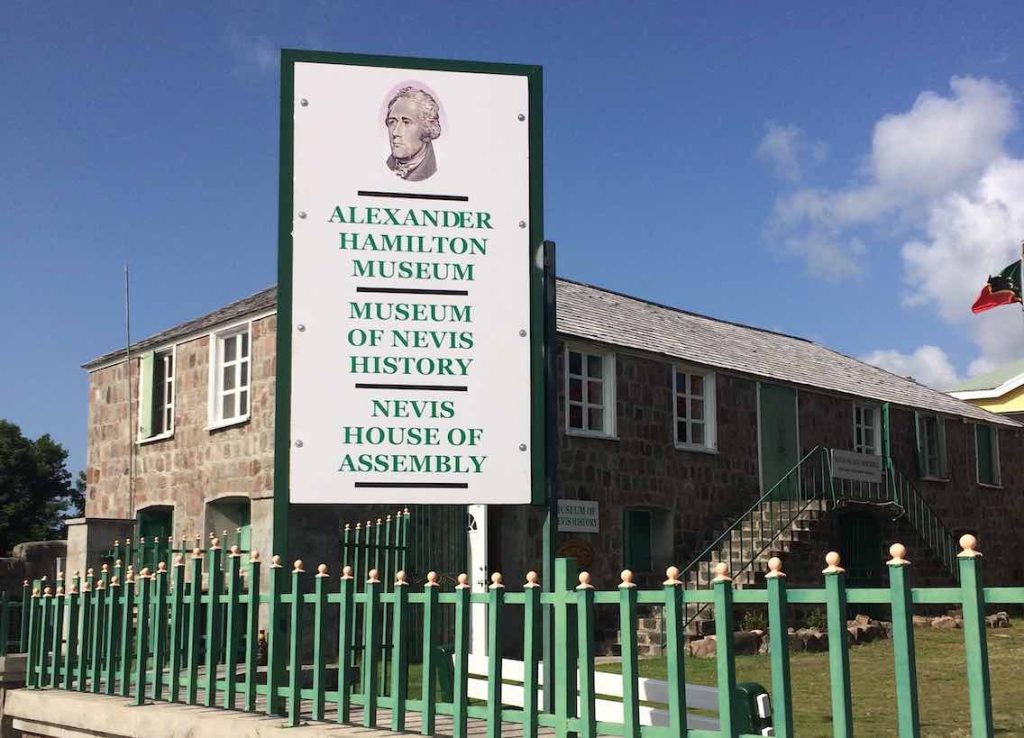
Housed in the historic Hamilton House, the Museum of Nevis History traces the island’s evolution. Its exhibits feature indigenous artifacts, colonial relics, and narratives of influential figures who shaped Nevis. A visit here provides a compelling overview of the island’s rich past.
3. Alexander Hamilton Birthplace
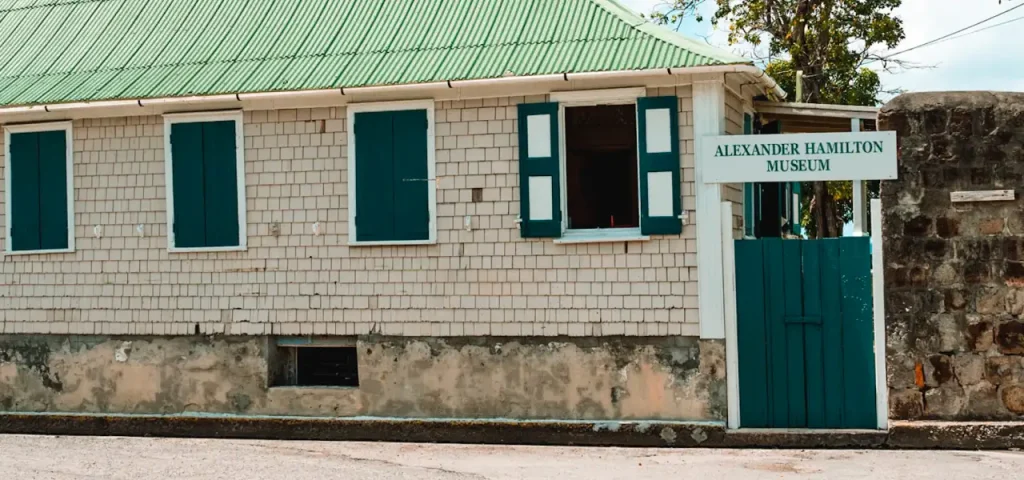
Adjacent to the museum stands the birthplace of Alexander Hamilton, one of the Founding Fathers of the United States. Born in Charlestown in 1755, his early life on Nevis is explored through exhibits that highlight his contributions to American history.
4. Bath Hotel and Spring House
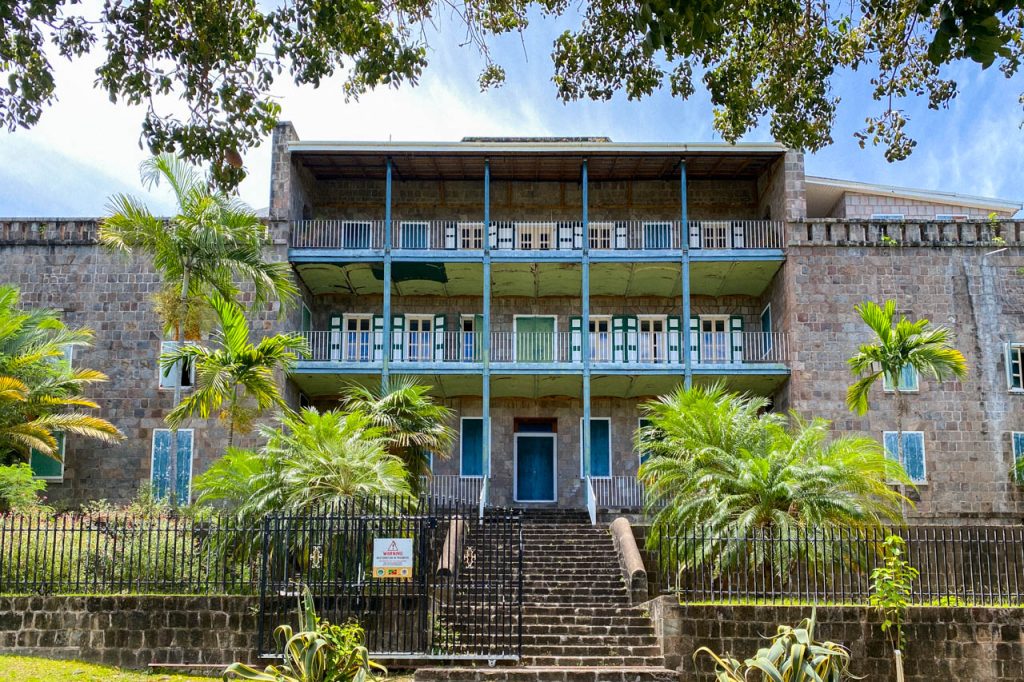
Built in 1778, the Bath Hotel was the first luxury hotel in the Caribbean, renowned for its therapeutic hot springs. Although the historic building now serves government functions, the adjacent Bath Spring House remains open for visitors seeking its mineral-rich waters.
5. Cottle Church: A Symbol of Change
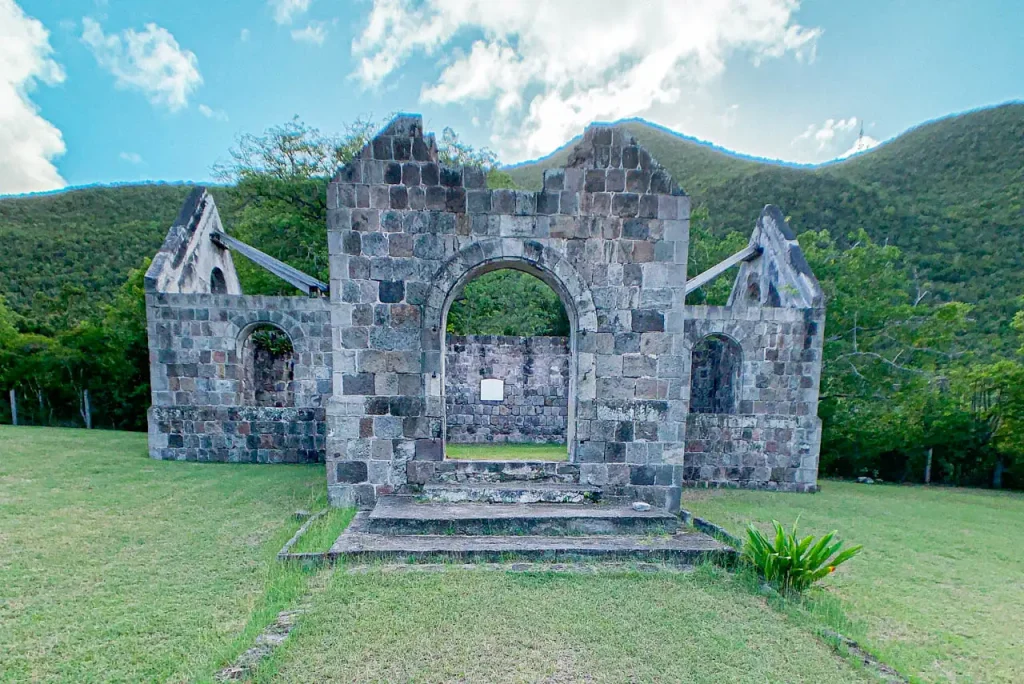
Erected in 1824 by planter Thomas Cottle, this Anglican church was revolutionary for its time. It welcomed both enslaved individuals and plantation owners—an uncommon practice in an era of segregation. Though now in ruins, it stands as a powerful symbol of early efforts toward social change.
6. Eden Brown Estate: A Haunting Legacy
Once a flourishing plantation, the Eden Brown Estate is now a site of mystery and legend. Local stories tell of a wedding that never took place, leading to the estate’s abandonment. Exploring its ruins offers insight into Nevis’s plantation history and the personal tales woven into it.
7. Horatio Nelson Museum
This museum honors Admiral Lord Horatio Nelson, who married Nevisian Frances Nisbet in 1787. It showcases artifacts from his life and naval career, emphasizing his time on the island and his impact on maritime history.
8. Jewish Cemetery and Jew’s Walk
Dating back to the 17th century, this small but significant cemetery is a testament to Nevis’s once-thriving Sephardic Jewish community. The tombstones—some inscribed in Hebrew and Portuguese—reflect the island’s role as a cultural crossroads in the Caribbean.
9. New River Estate: A Glimpse Into Sugar Production
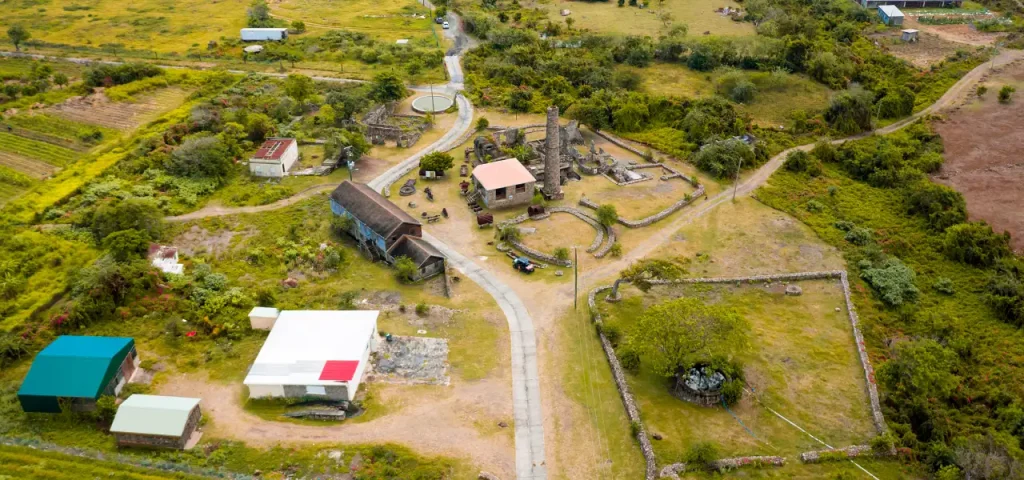
Home to Nevis’s last functioning sugar mill, which ceased operations in the 1950s, New River Estate provides insight into the island’s sugar industry. Visitors can explore remnants of the mill, including the boiling house and windmill base.
10. Montpelier Plantation: Where History Meets Hospitality
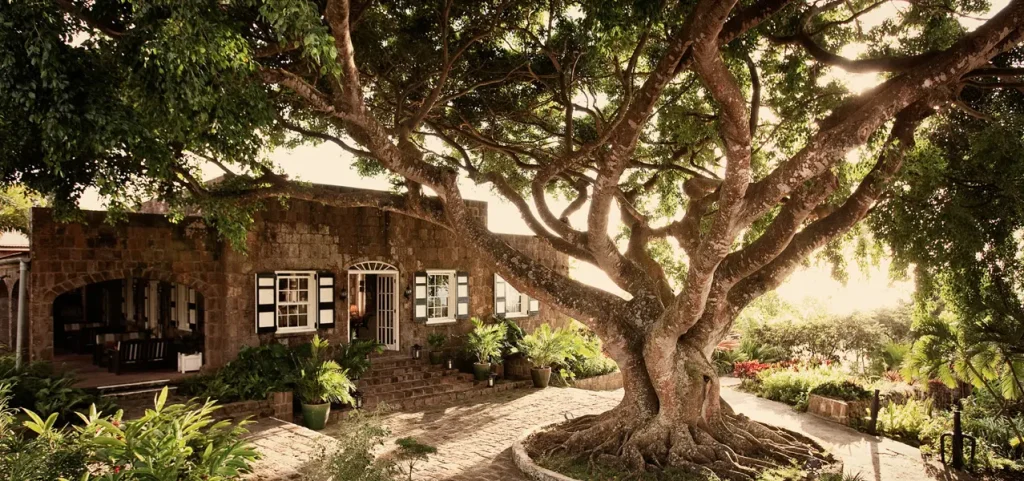
Famous as the wedding site of Admiral Nelson and Fanny Nisbet, Montpelier Plantation is a charming blend of history and luxury. Now a boutique hotel, it retains its old-world appeal with lush gardens and beautifully preserved architecture.
Nevis: A Living History
Each historical site in Nevis weaves a unique tale, adding depth to the island’s cultural fabric. Exploring these landmarks brings history to life, allowing visitors to experience Nevis’s heritage in an immersive way.

